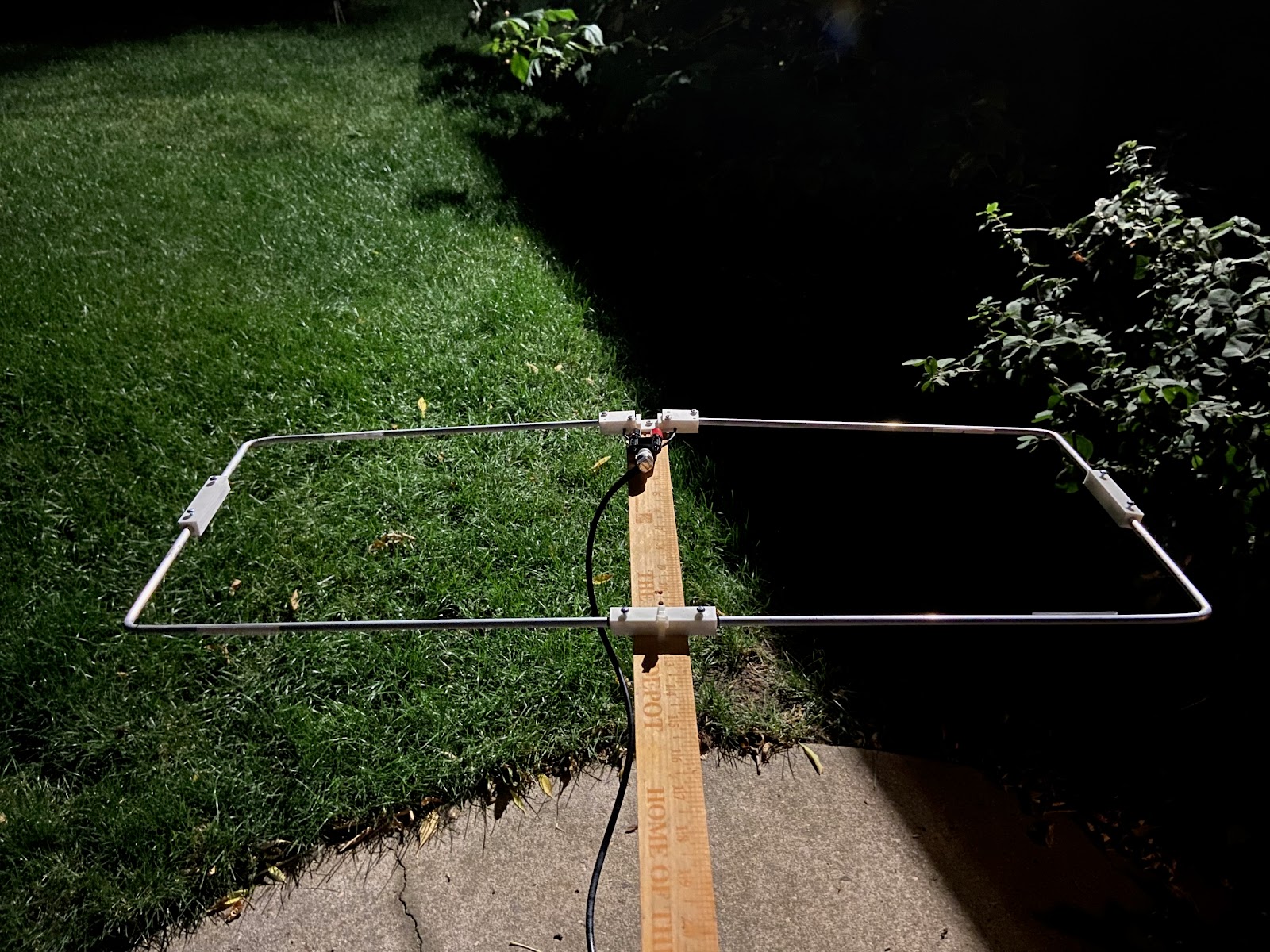Moxon antennas: awesome, easy to build, high gain Yagi alternative
As you may have noticed, I'm really enthusiastic about operating low power (QRP), with an emphasis on Summits on the Air (SOTA), along with the other "OTAs" (POTA, VOTA, and so on). In many cases, weather conditions make HF operating difficult, particularly in high wind situations where erecting a wire antenna or even a vertical nearly impossible. In those cases, particularly when you're operating within 100 miles of a metropolitan area, VHF simplex is generally the best bet for setting up quickly and getting the minimum number of QSOs to qualify as an activation (4, in the case of SOTA). Note that repeater operation does not qualify as a valid QSO, at least for SOTA/POTA.
As you probably also know, trying to get any range out of a 5-watt handheld transceiver (HT) with a "rubby ducky" antenna is a long shot at best, since those antennas are basically just dummy loads in a flexible form factor. So one needs a higher gain, preferably directional, antenna, in order to reach people at longer distances.
Many people have successfully built and deployed small Yagis for this purpose, which are a great choice except for a couple of reasons. First, they tend to be hard to put together and break down due to the number of elements required, and they can take up a lot of space if not broken down until the activation zone is reached. For optimal performance, eg ~12dBi forward gain, the antenna needs 10 directors, 1 reflector, and 1 driven element. Smaller, more compact Yagis that consist of just 4 directors are also popular, which still provide ~9dBi of forward gain,
After doing some research into directional antennas, I came across the Moxon. Invented by Les Moxon (G6XN, SK), Moxons are rectangularly shaped, simple, mechanically robust, single frequency, two-element parasitic arrays. In other words, still basically a Yagi, but in a much simpler form factor. As such, they share many of the same characteristics, namely that they are highly directional, with high forward gain (~10dBi!). And, like a Yagi, it can be used vertically as well as horizontally (for the respective polarization). Based on this, I decided to build my own Moxon.
From there, it was a pretty simple process. I cut four pieces of tubing per the table above, printed the connectors specified in the Thingiverse plan, and found an old yardstick to use as the handle / support. Then I attached the BNC connector to the feedpoint / driven element, via a couple of short pieces of copper wire and clamped together using the 3D printed pieces. Then, it was just a matter of connecting it all together and testing it out. After a few local tests, the antenna was ready for a real field test!









Comments
Post a Comment